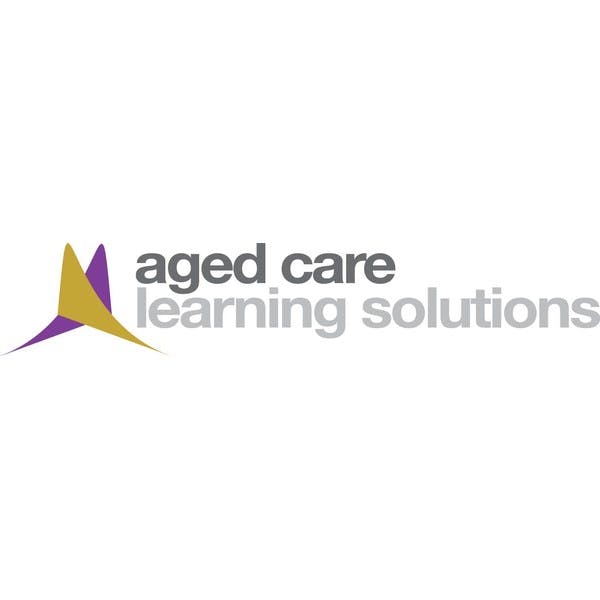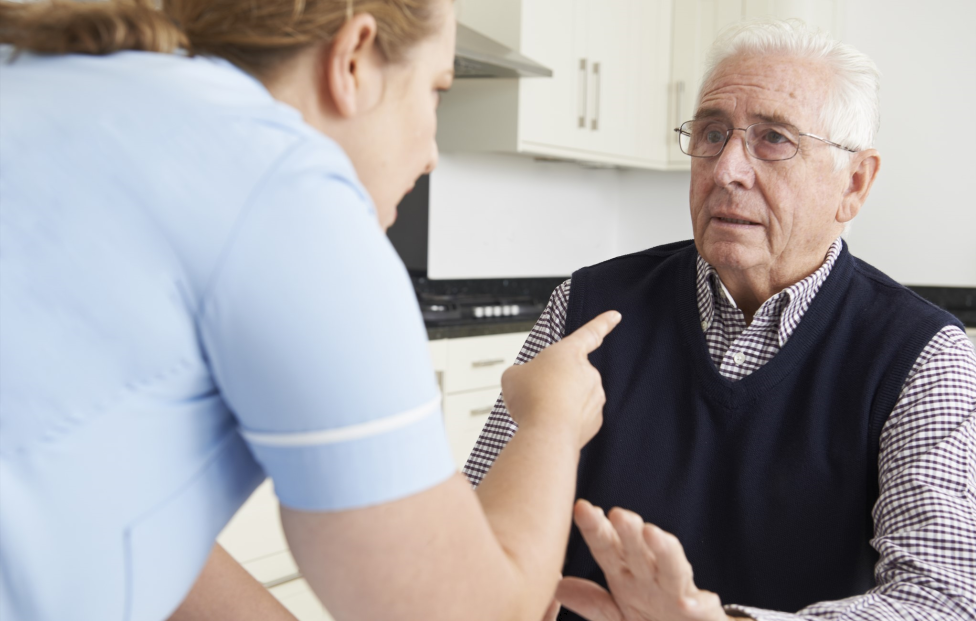Elder Abuse and Neglect

The focus has never been greater on Elder Abuse and community expectations will require much better detection, protection and response. In addition, compulsory reporting must be clearly understood and you should be clear about your responsibilities are.
This learning resource will add to or refresh your knowledge about what to look for, who to tell and how to be involved in protecting older people and their rights for those living in residential care and at home.
Elder Abuse aligns to Standard 8 of the Quality Aged Care Standards. As a health care worker providing care or services to older people living in residential or home care you are required to practice in accordance with the requirements of the Aged Care Quality Standards.
This learning resource will have relevance in all of other health care settings providing care or services to older people.
This educational material is endorsed by the Australian Nursing and Midwifery Federation.
Learning Outcomes
- Describe what is meant by elder abuse
- Identify older people at risk for elder abuse
- Discuss specific issues for Culturally and Linguistically Diverse (CALD) older people
- List the most common types of elder abuse
- Outline possible signs or indicators of elder abuse
- List the risk factors for elder abuse
- Outline protective factors
- Apply your knowledge on older people’s rights to safety, choice and quality care (as they relate to elder abuse) when caring for them
- State what your responsibilities are under The Aged Care Act 1997 amendments (2007) about reporting reportable assaults
- List the steps to take to report a reportable assault
- Define unlawful sexual contact
- Define unreasonable force
- Explain what protections are in place if you report an assault







